Home>Furniture & Design>Office Furniture>Where Should Lumbar Support Be On An Office Chair
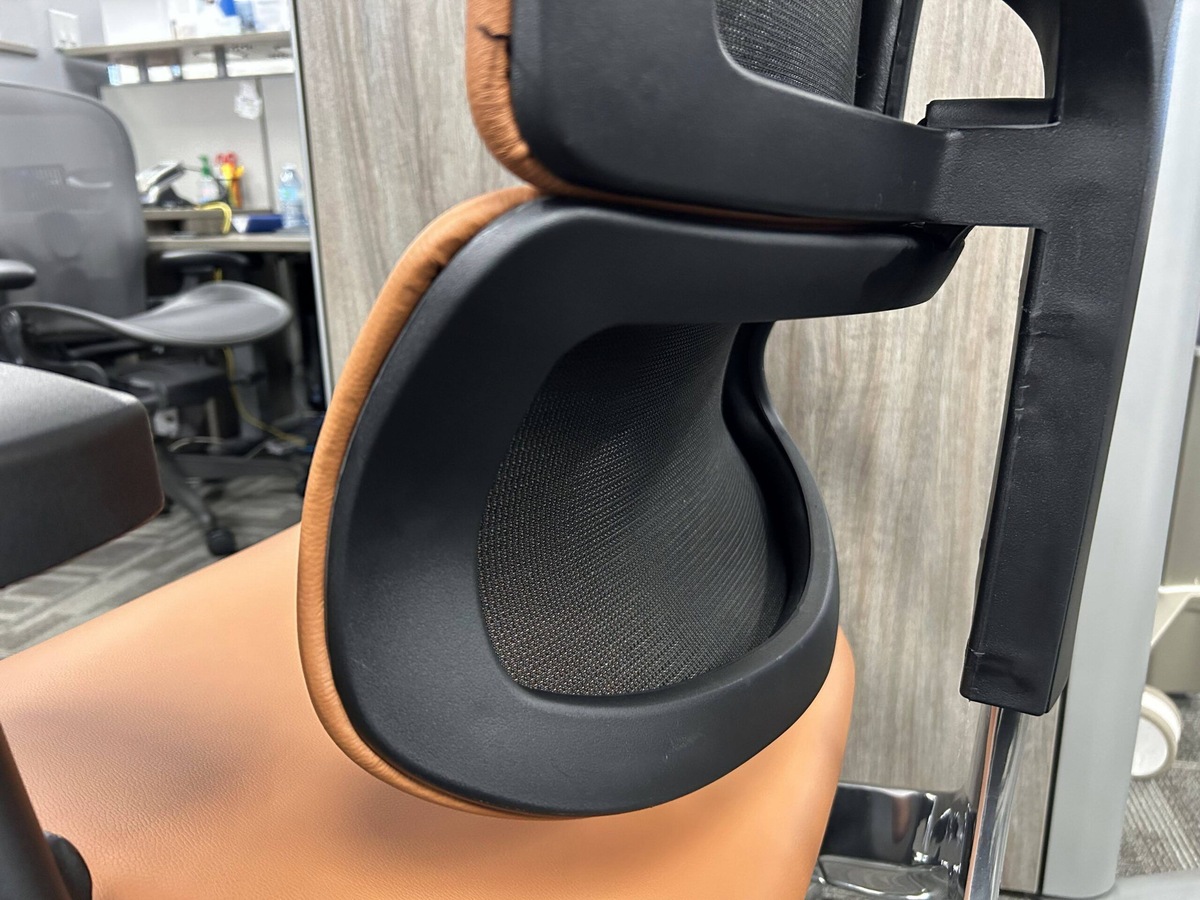

Office Furniture
Where Should Lumbar Support Be On An Office Chair
Modified: January 14, 2024
Discover the ideal placement for lumbar support on office chairs to improve posture and reduce discomfort. Find expert tips on office furniture and design.
(Many of the links in this article redirect to a specific reviewed product. Your purchase of these products through affiliate links helps to generate commission for Storables.com, at no extra cost. Learn more)
Introduction
Welcome to the world of office furniture and design, where every element plays a crucial role in creating a comfortable and productive workspace. One of the key components in this realm is the office chair, a piece of furniture that significantly impacts posture, comfort, and overall well-being during long hours of work.
In the pursuit of ergonomic excellence, the focus on lumbar support within office chairs has gained considerable attention. Lumbar support, located in the lower part of the backrest, is designed to maintain the natural curve of the spine, providing crucial support to the lumbar region. This feature is essential for preventing slouching and minimizing the risk of developing back pain and discomfort.
As we delve into the significance of lumbar support and its optimal positioning, we will explore the common mistakes made in adjusting this feature and provide valuable tips for finding the right lumbar support position. By the end of this journey, you will be equipped with the knowledge to optimize the lumbar support in your office chair, promoting better posture and enhancing your overall work experience. Let's embark on this enlightening exploration of the pivotal role of lumbar support in office chair design.
Key Takeaways:
- Proper lumbar support in office chairs is crucial for maintaining a healthy spine and reducing back discomfort. It should align with the lower back’s natural curve to promote good posture and overall comfort during long hours of sitting.
- Adjusting lumbar support is a personalized journey that involves finding the right balance between support and comfort. Experiment with different settings, observe your posture, and seek professional guidance if needed to optimize your sitting experience.
Read more: How High Should An Office Chair Be
Importance of Lumbar Support
Lumbar support is not merely a luxury feature in office chairs; it is a fundamental element that directly impacts the well-being and productivity of individuals who spend extended periods sitting at their desks. The lumbar region, or lower back, is particularly susceptible to strain and discomfort when proper support is lacking. This can lead to a range of issues, including poor posture, muscle fatigue, and even chronic back pain.
By providing adequate lumbar support, office chairs can help maintain the natural curvature of the spine, effectively reducing the strain on the lower back muscles. This support is especially crucial for individuals who spend the majority of their workday seated, as it promotes proper alignment and alleviates pressure on the lumbar vertebrae. Moreover, by reducing the stress on the lower back, well-designed lumbar support can contribute to improved circulation and decreased fatigue, ultimately enhancing overall comfort and productivity.
Furthermore, proper lumbar support plays a pivotal role in preventing the development of musculoskeletal disorders associated with prolonged sitting. Without adequate support, individuals are more likely to adopt poor posture habits, such as slouching or leaning forward, which can lead to increased tension in the back muscles and spinal discs. Over time, these habits can contribute to the development of chronic back problems and discomfort, significantly impacting an individual’s quality of life.
From a holistic perspective, the importance of lumbar support extends beyond physical well-being. By promoting proper posture and reducing the risk of discomfort, office chairs with effective lumbar support can enhance mental focus and concentration, leading to improved work performance and overall job satisfaction. In essence, the inclusion of well-engineered lumbar support in office chairs is a proactive measure aimed at safeguarding the health and productivity of individuals in the modern workplace.
Proper Positioning of Lumbar Support
Understanding the optimal positioning of lumbar support is essential for reaping its full benefits. When properly adjusted, lumbar support should comfortably cradle the natural curve of the lower back, providing consistent and gentle pressure to maintain proper spinal alignment. The goal is to ensure that the lumbar region is adequately supported, reducing the strain on the muscles and ligaments in this area.
When seated in an office chair, the lumbar support should align with the inward curve of the lower back, commonly referred to as the lumbar lordosis. This positioning helps counteract the tendency to slouch, a common posture adopted during prolonged sitting. The height of the lumbar support should be adjustable to accommodate different body types and preferences, allowing individuals to customize the level of support based on their unique anatomical characteristics.
It is important to note that the position of the lumbar support may vary depending on the chair design and the individual’s seating posture. Some chairs feature built-in adjustable lumbar mechanisms, allowing users to fine-tune the depth and firmness of the support to suit their specific needs. This adaptability is particularly valuable for individuals with varying degrees of lumbar curvature or those who experience discomfort in specific areas of the lower back.
For individuals with pre-existing back conditions or those seeking to prevent discomfort, the proper positioning of lumbar support is paramount. When adjusted correctly, the support should promote a neutral spine position, where the natural S-shaped curve of the spine is maintained without excessive strain on the lumbar region. This alignment not only minimizes the risk of developing back pain but also contributes to improved overall comfort and posture.
Ultimately, the proper positioning of lumbar support in an office chair is a personalized endeavor, influenced by individual preferences and anatomical considerations. By understanding the principles of effective lumbar support and making appropriate adjustments, individuals can optimize their seating experience, promoting spinal health and reducing the likelihood of discomfort associated with prolonged sitting.
The lumbar support on an office chair should be positioned at the small of your back, just above your waist. This helps maintain the natural curve of your spine and reduces strain on your lower back.
Common Mistakes in Adjusting Lumbar Support
Despite the growing awareness of the importance of lumbar support, many individuals inadvertently make mistakes when adjusting this critical feature in their office chairs. These common errors can undermine the effectiveness of lumbar support and contribute to discomfort and poor posture. By recognizing and addressing these mistakes, individuals can maximize the benefits of lumbar support and improve their overall sitting experience.
One prevalent mistake is setting the lumbar support at an incorrect height. Placing the support too high or too low can compromise its ability to align with the natural curvature of the lower back, potentially leading to inadequate support and discomfort. Additionally, failing to adjust the depth of the lumbar support to suit one’s unique body shape and size can result in suboptimal support and diminished benefits.
Another common error is over-relying on the lumbar support to compensate for poor overall chair ergonomics. While lumbar support is crucial, it should complement a well-designed chair rather than serve as the sole solution to postural issues. Neglecting other essential adjustments, such as seat height, backrest angle, and armrest positioning, can undermine the effectiveness of lumbar support and perpetuate discomfort.
Some individuals make the mistake of using excessive firmness or pressure in their lumbar support adjustments, mistakenly believing that more support equates to better posture. However, overly aggressive lumbar support settings can cause discomfort and restrict natural movement, potentially leading to muscle fatigue and reduced circulation in the lower back area.
Furthermore, a common oversight is neglecting to readjust the lumbar support when transitioning between different seating positions. For example, individuals may fail to modify the lumbar support when reclining in their chairs, leading to suboptimal support and potential strain on the lower back. Consistently adapting the lumbar support to accommodate changes in posture is essential for maintaining effective support throughout various seated activities.
Lastly, some individuals overlook the importance of periodically reassessing their lumbar support settings over time. As personal preferences and physical conditions may change, regularly evaluating and readjusting the lumbar support ensures that it continues to provide optimal comfort and support.
By recognizing these common mistakes and taking proactive steps to address them, individuals can harness the full potential of lumbar support, promoting better posture and reducing the risk of discomfort associated with prolonged sitting.
Tips for Finding the Right Lumbar Support Position
Discovering the optimal lumbar support position for your office chair is a personalized journey that involves careful adjustment and attentive consideration of your unique comfort needs. By following these practical tips, you can navigate the process of finding the right lumbar support position, enhancing your sitting experience and promoting spinal health.
- Experiment with Adjustments: Begin by exploring the range of adjustments available for the lumbar support in your office chair. If your chair features adjustable lumbar mechanisms, take the time to experiment with different settings to determine the level of support that best aligns with the natural curve of your lower back.
- Observe Your Posture: Pay attention to your seated posture as you make adjustments to the lumbar support. Ideally, the support should encourage a neutral spine position, where the natural curvature of the spine is maintained without excessive strain on the lower back. Make subtle adjustments and observe how they influence your posture and comfort.
- Seek Comfortable Pressure: Strive to find a balance between providing adequate support and ensuring comfort. The lumbar support should exert gentle pressure on the lower back, promoting proper alignment without causing discomfort or restricting movement. Avoid using excessive firmness, as this can lead to muscle fatigue and reduced circulation.
- Consider Your Body Shape: Take into account your unique body shape and size when adjusting the lumbar support. Individuals with different anatomical characteristics may require varying levels of support and adjustments to accommodate their specific needs. Customize the support to suit your body’s natural curvature.
- Adapt to Different Seating Positions: Recognize the importance of readjusting the lumbar support to accommodate changes in your seated position. Whether you are sitting upright, reclining, or engaging in different tasks, ensure that the lumbar support remains appropriately positioned to provide consistent and effective support.
- Seek Professional Guidance: If you experience persistent discomfort or have specific back-related concerns, consider consulting with a healthcare professional or ergonomic specialist. They can offer personalized recommendations for optimizing your lumbar support position and promoting spinal health in the workplace.
By integrating these tips into your exploration of the right lumbar support position, you can refine the settings of your office chair to better support your lower back and enhance your overall sitting comfort. Remember that the journey to finding the optimal lumbar support position is an ongoing process, and periodic reassessment of your settings can help ensure sustained comfort and support.
Read more: What Is A Task Chair Vs. Office Chair
Conclusion
As we conclude our exploration of the pivotal role of lumbar support in office chair design, it is evident that this feature holds significant influence over the comfort, posture, and well-being of individuals in the modern workplace. The importance of effective lumbar support cannot be overstated, as it serves as a cornerstone in promoting spinal health, reducing the risk of discomfort, and enhancing overall sitting comfort.
By understanding the principles of proper lumbar support positioning and recognizing common mistakes in its adjustment, individuals can take proactive steps to optimize this critical feature in their office chairs. Through a combination of thoughtful adjustments, attentive observation of posture, and consideration of individual comfort needs, finding the right lumbar support position becomes an empowering endeavor.
Moreover, the journey to discovering the optimal lumbar support position is a dynamic process, influenced by personal preferences, anatomical considerations, and the evolving demands of the work environment. By embracing the tips for finding the right lumbar support position and seeking professional guidance when needed, individuals can cultivate a supportive and comfortable sitting experience that contributes to their overall well-being.
Ultimately, the integration of effective lumbar support in office chair design represents a commitment to prioritizing the health and productivity of individuals in the workplace. By harnessing the benefits of well-engineered lumbar support, individuals can mitigate the risks associated with prolonged sitting, maintain proper posture, and elevate their overall work experience.
As we navigate the multifaceted landscape of office furniture and design, let us continue to recognize the integral role of lumbar support in fostering a supportive and ergonomic work environment. Through informed adjustments, personalized considerations, and a dedication to spinal health, we can embrace the transformative potential of effective lumbar support, shaping a more comfortable and sustainable work experience for all.
Frequently Asked Questions about Where Should Lumbar Support Be On An Office Chair
Was this page helpful?
At Storables.com, we guarantee accurate and reliable information. Our content, validated by Expert Board Contributors, is crafted following stringent Editorial Policies. We're committed to providing you with well-researched, expert-backed insights for all your informational needs.
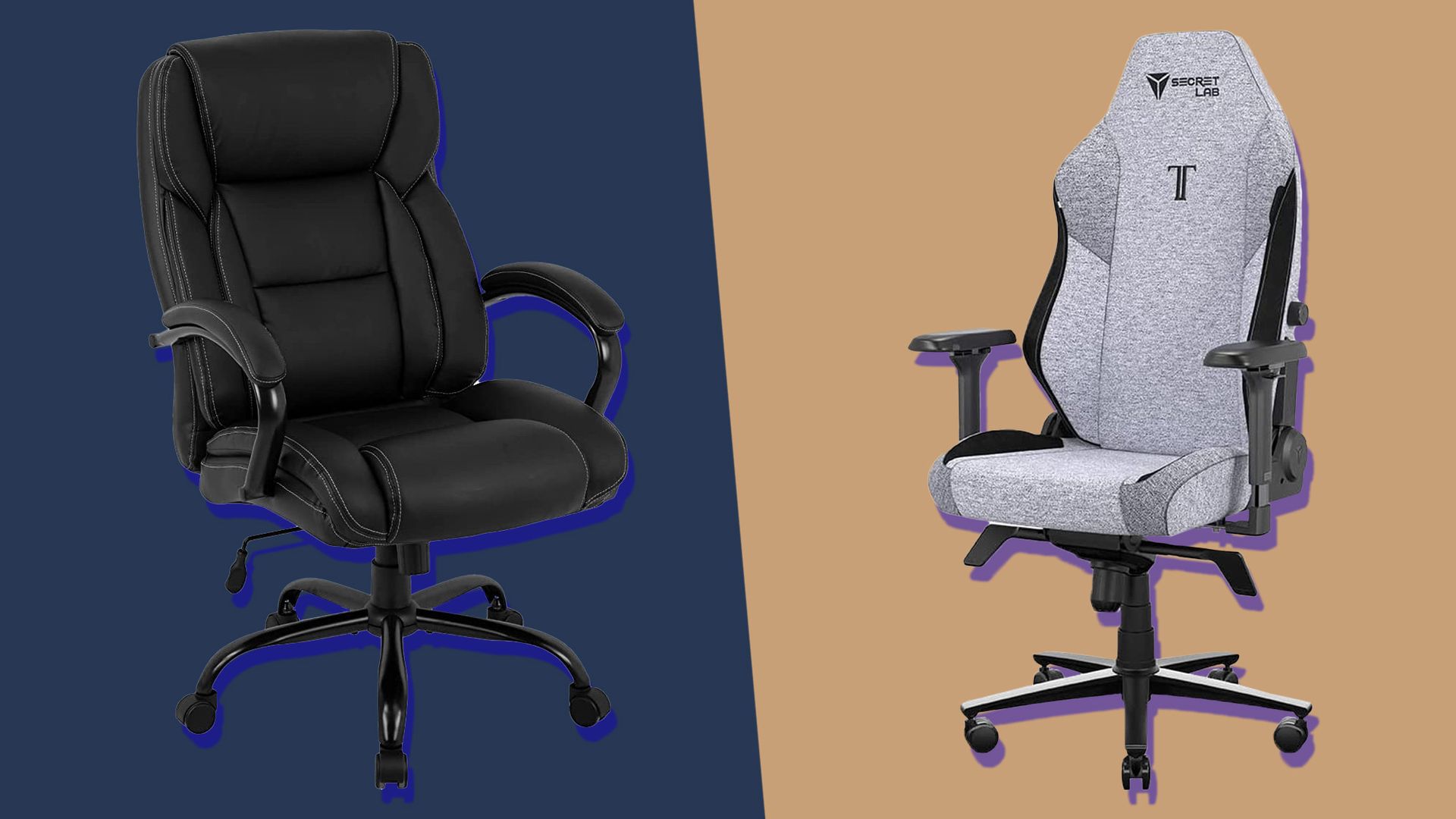


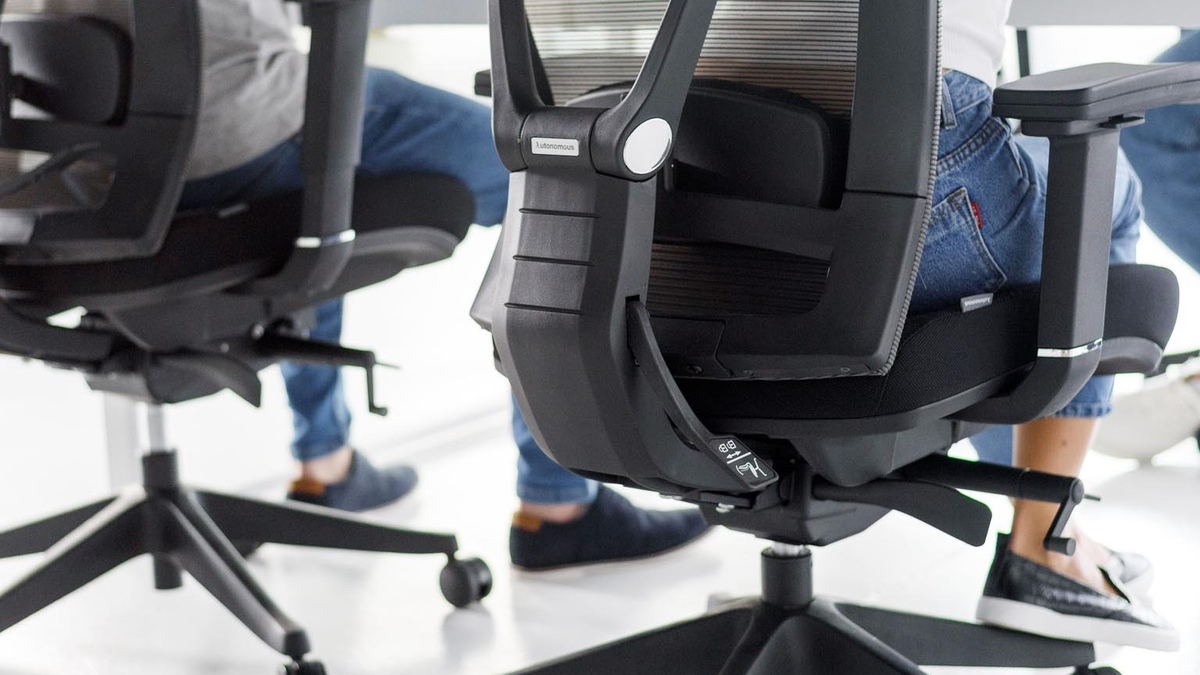
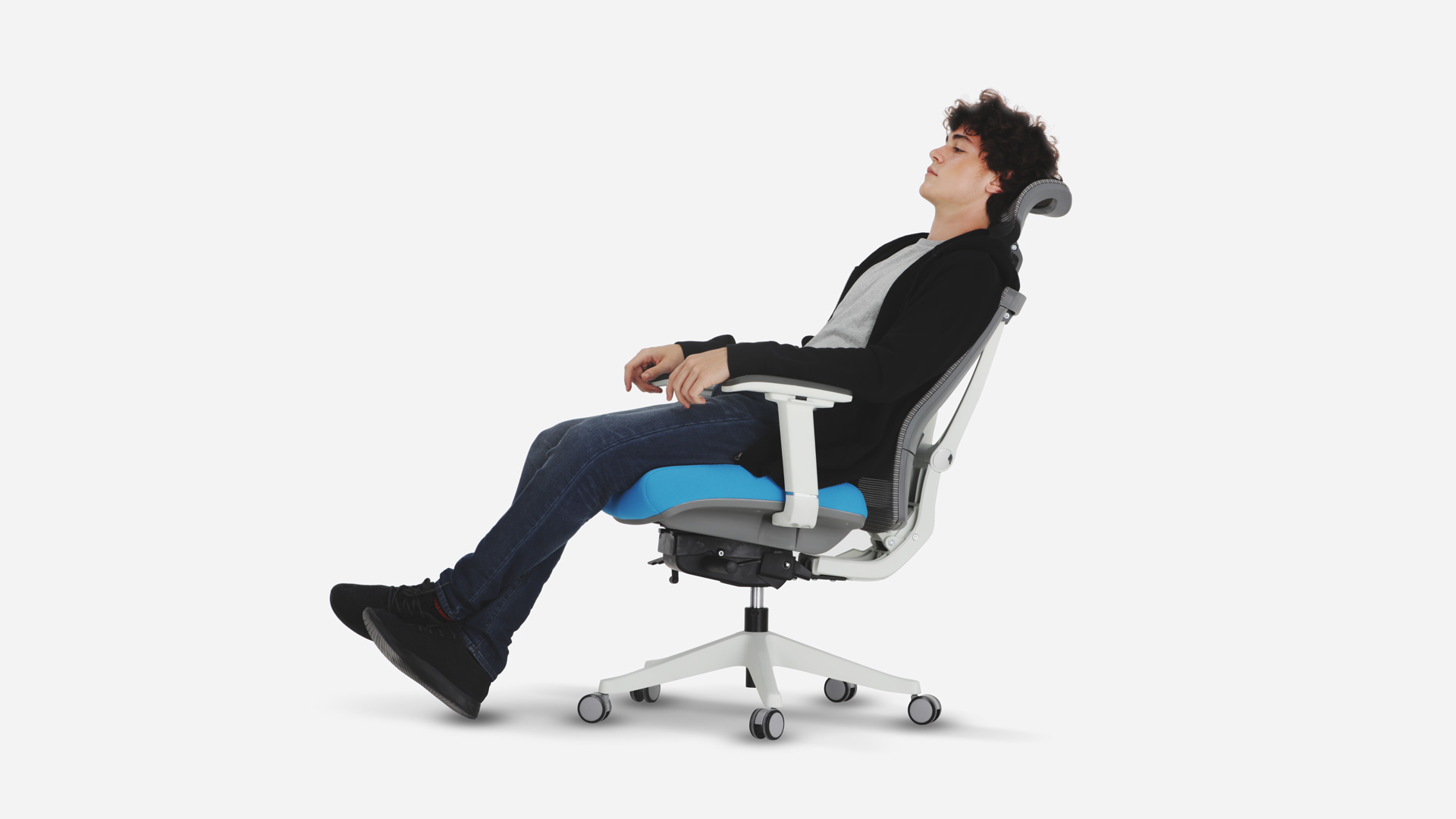

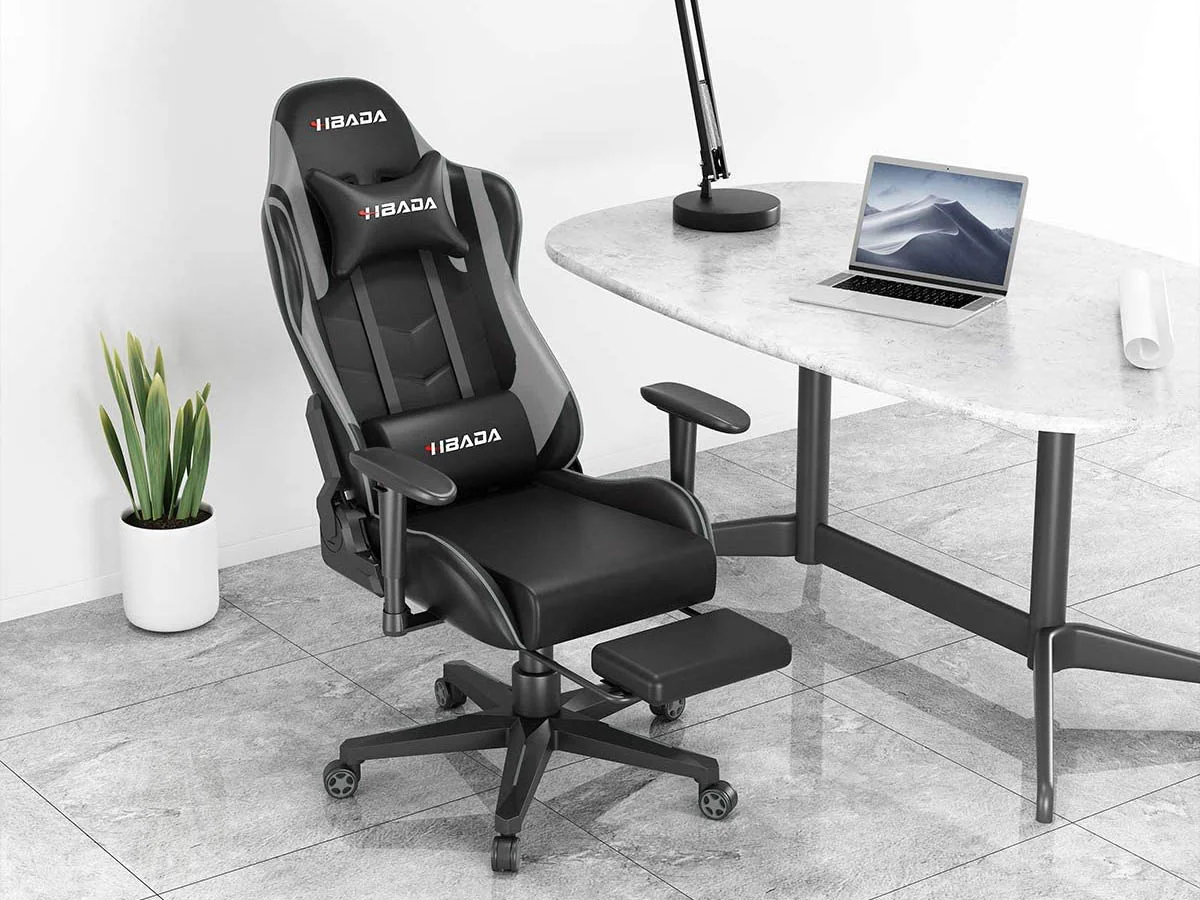
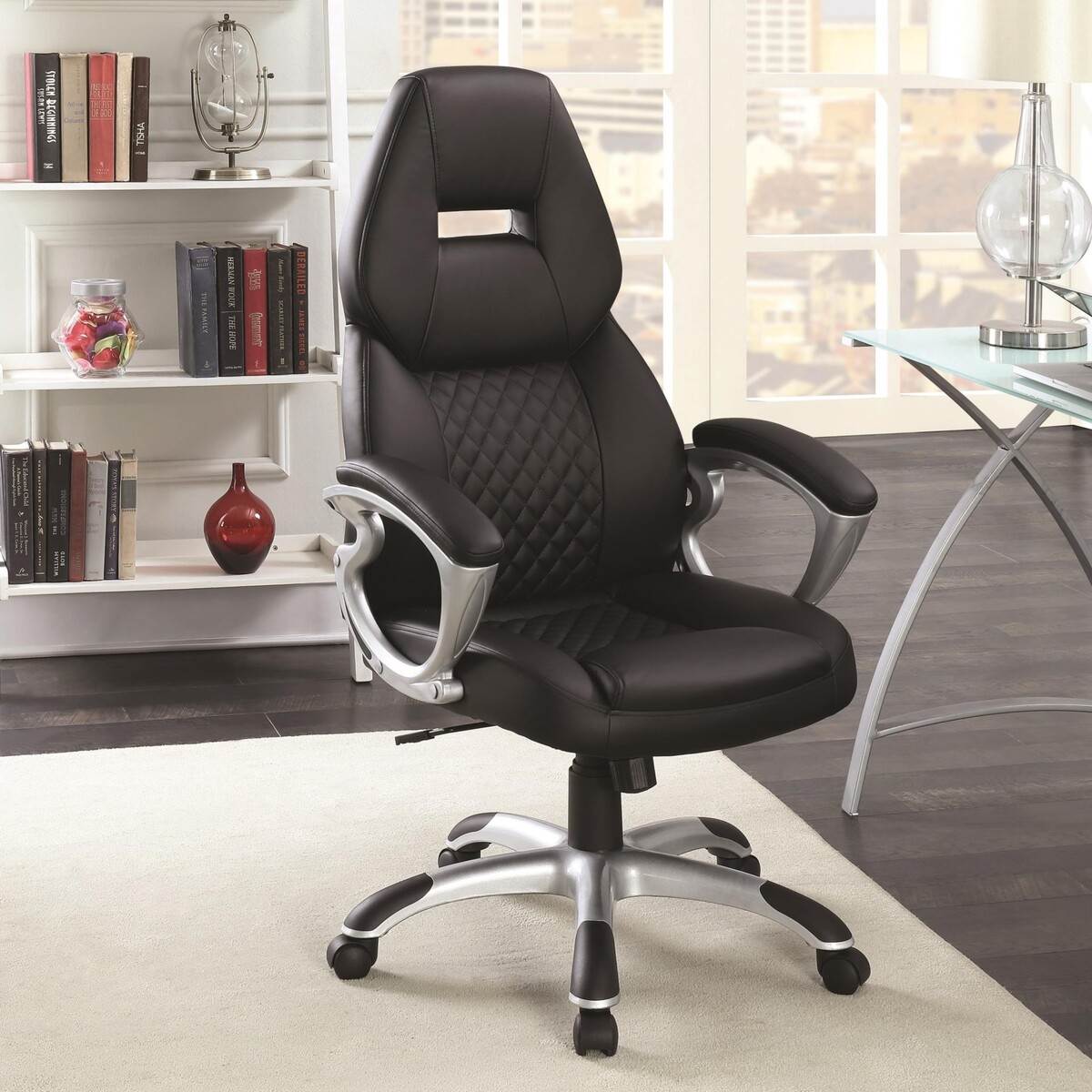

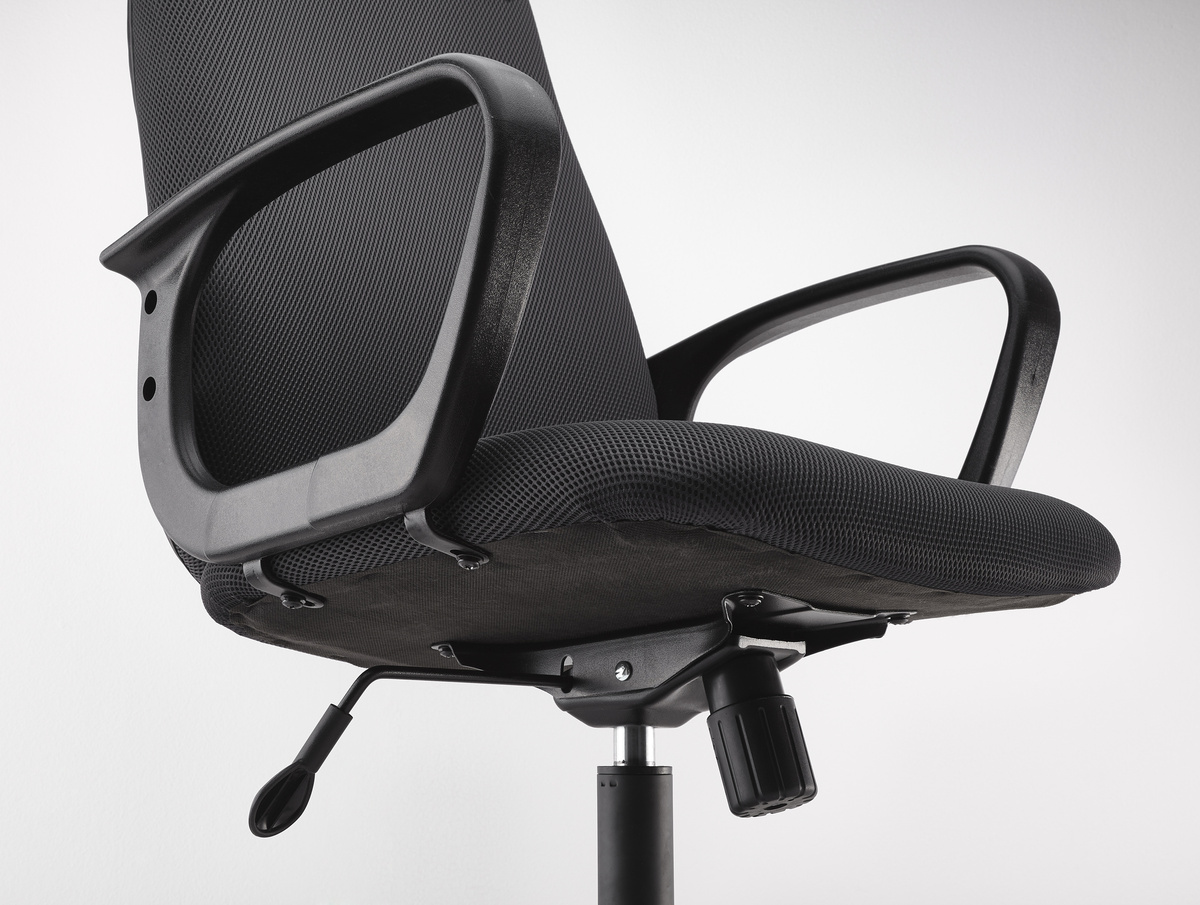
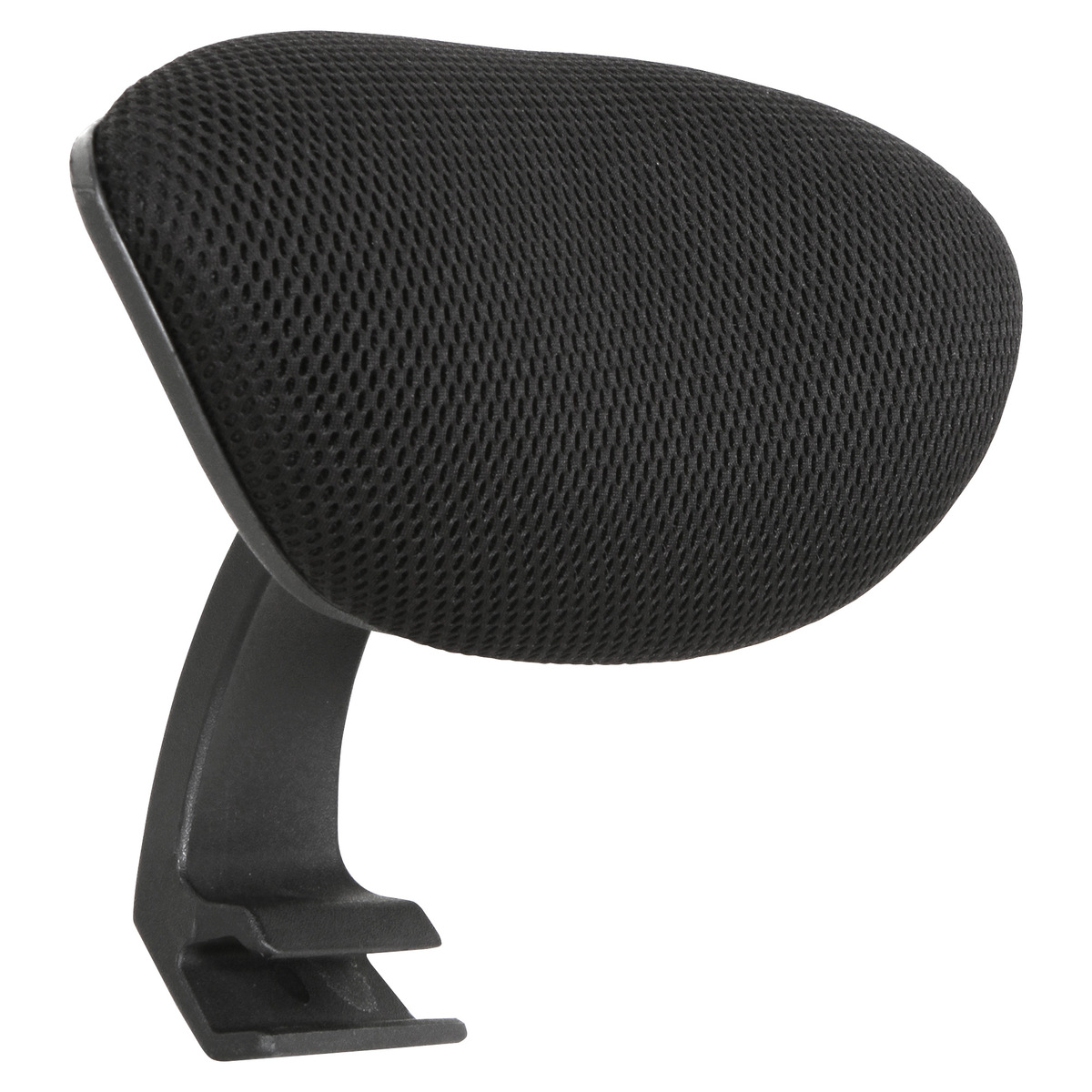

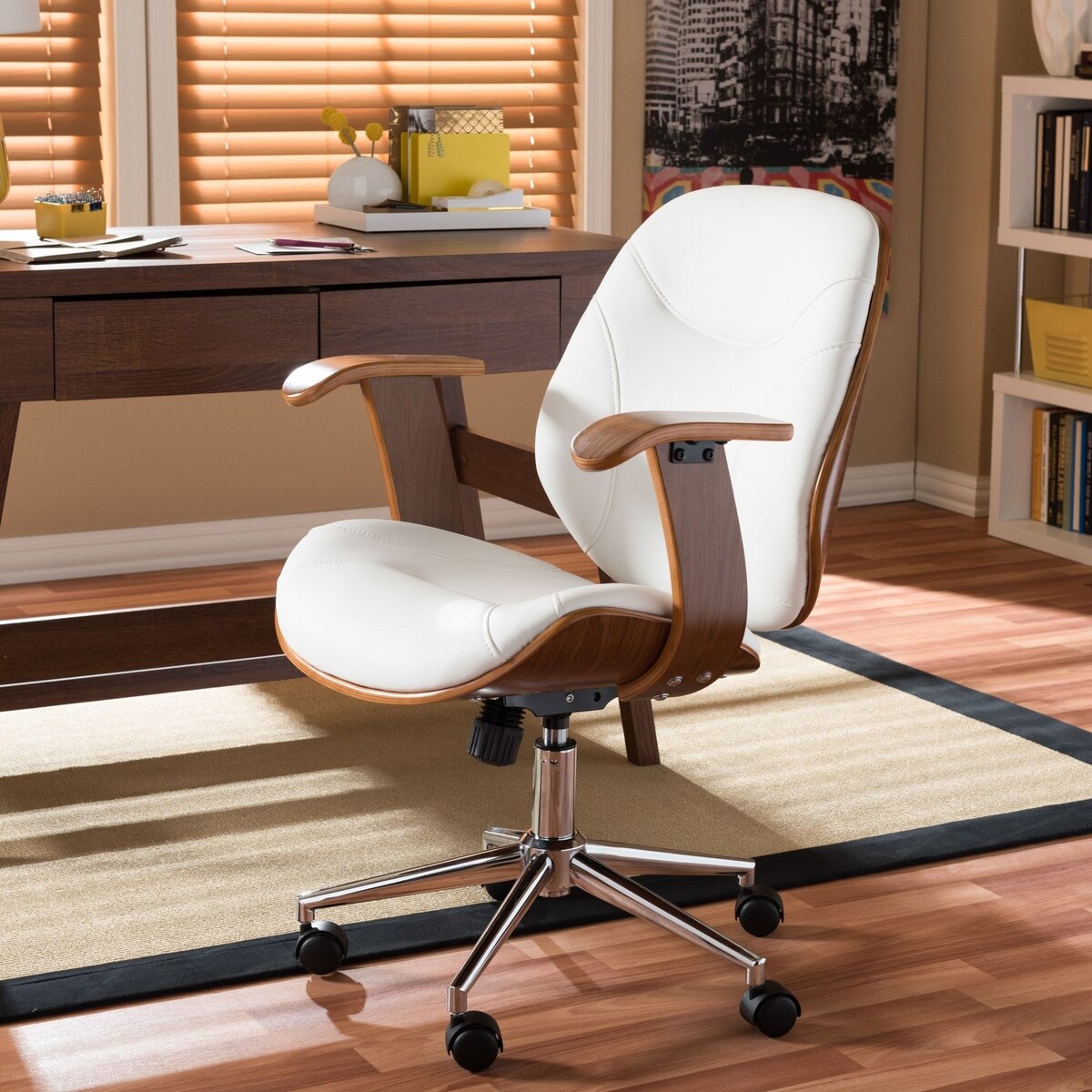
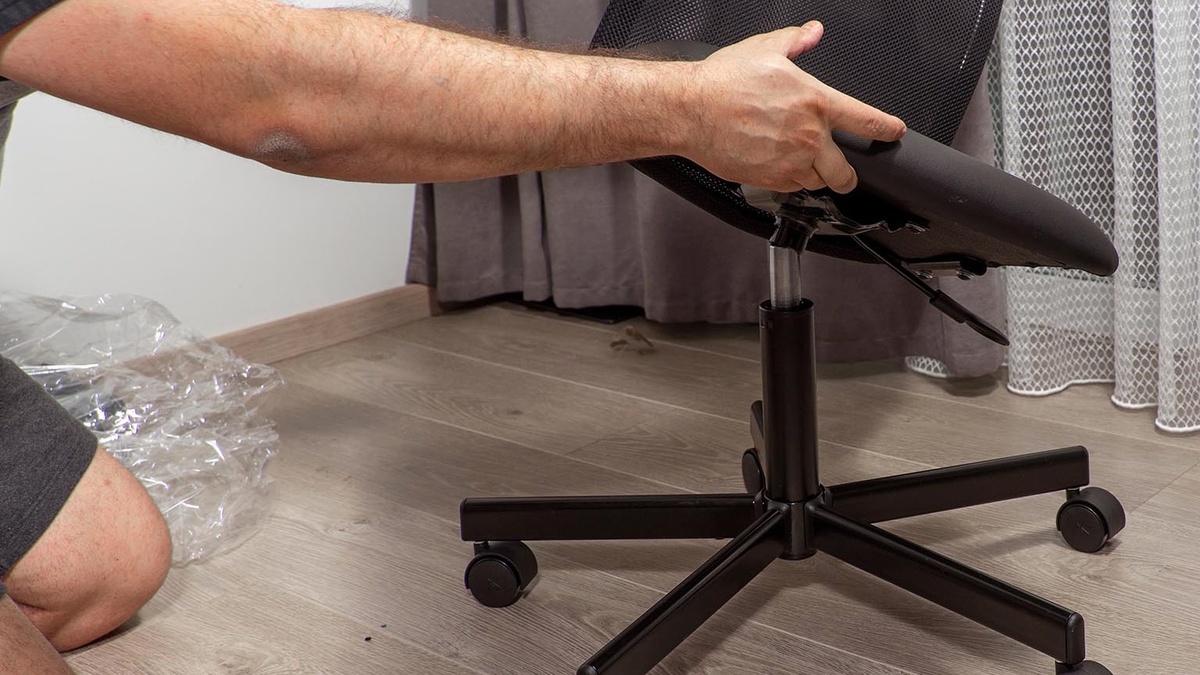

0 thoughts on “Where Should Lumbar Support Be On An Office Chair”